The Emperor’s New Judgments: Rule 36 and the Invisible Cloth of Patent Law
Patently-O
JULY 3, 2024
These petitions highlight ongoing concerns about the Federal Circuit’s frequent use of Rule 36 and its impact on patent law development. 2005) (en banc). US Inventor, Inc. ” Read the briefs: Island IP petition UNM Petition US Inventor Amicus in Island IP TD Ameritrade, Inc. , AWH Corp. , 3d 1303 (Fed.


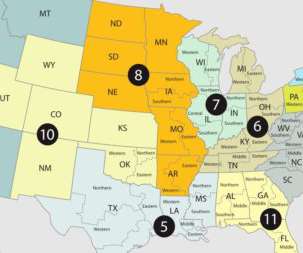
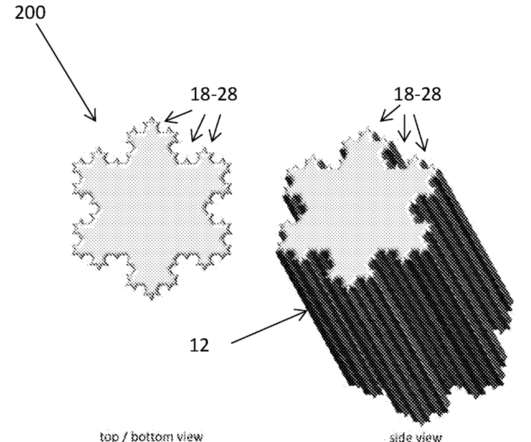



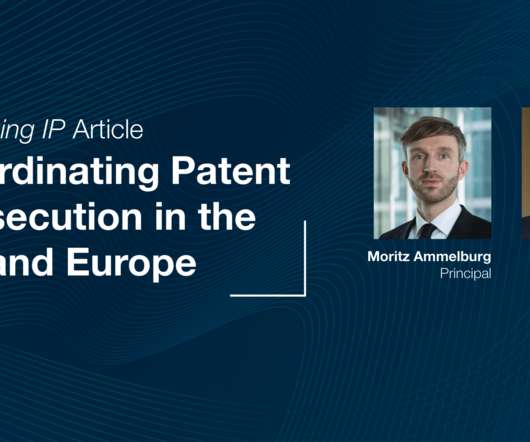
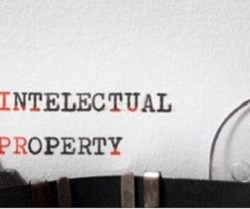
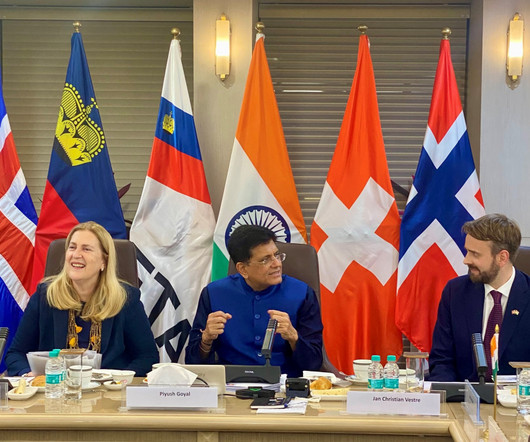
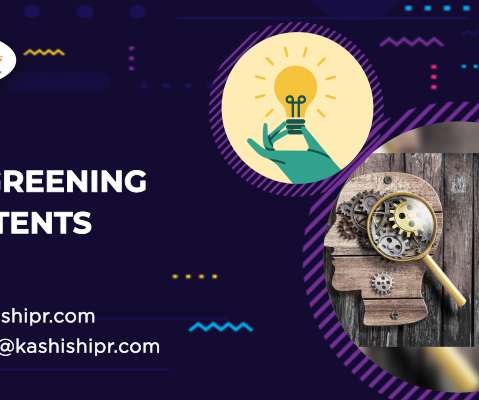






Let's personalize your content